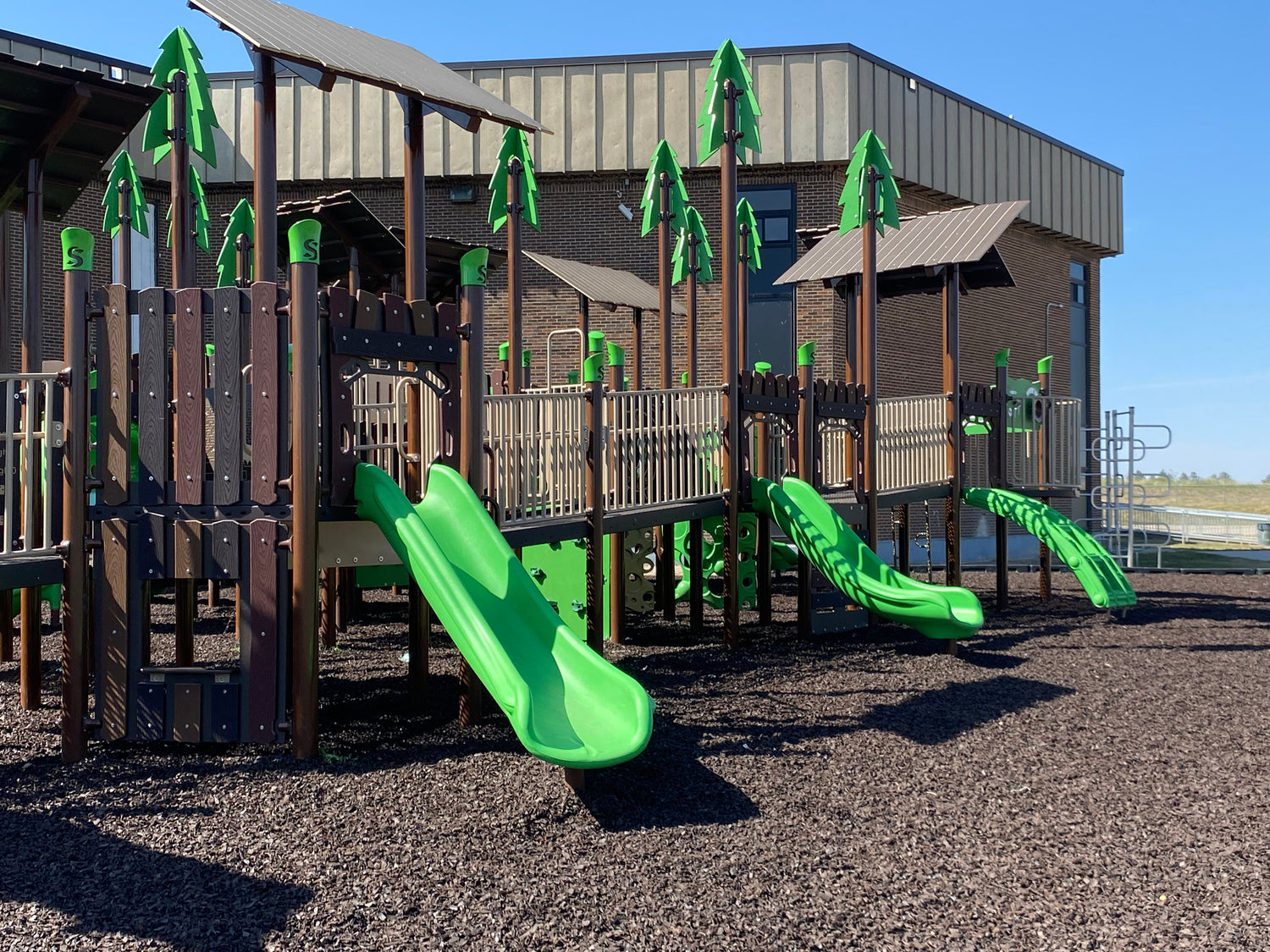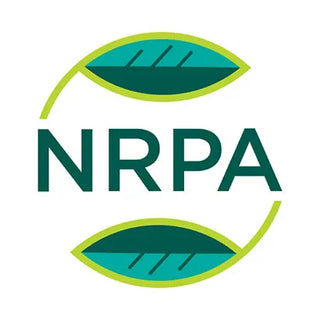
The continued expansion of residential neighborhoods has resulted in the mass construction of school buildings and facilities. Once upon a time, the average American suburb could comfortably fit its under-18 populace inside a single school: every student, K-12, attended the same school. Nowadays, however, American suburbs have reached the point of annexing one another, and many communities end up constructing an entire school building just to house their elementary students. Another, in turn, is needed for junior high. And another for high schoolers. (Sometimes multiple schools for each demographic, as more and more families pour into the district.) Additional school buildings necessitate additional on-site recreation zones: tracks, ballfields, and—of course—playgrounds.
According to the Play and Playground Encyclopedia, playgrounds became an American staple during the Industrial Revolution, when “cities became crowded […] and the waves of immigration, reform leaders saw playgrounds as a means to train healthy, responsible American citizens and provide relief for the children of the inner city.” Although frequently installed in and near housing areas—helping to break up the claustrophobic packing created by new infrastructure—playgrounds also became a frequent installation at schools. In today’s article, The Playground Store—your go-to online shop for play equipment, play amenities, and playground surfacing—covers the basics of why school playgrounds are so important. For these structures don’t merely add to your school’s curb appeal; they nurture physical health and the social skills that help our kids grow into well-rounded adults.
Playgrounds Promote Exercise, Coordination, and Motor Skills
As many parents can attest to, children today are not free of the modern smartphone epidemic. More and more kids have a phone before age ten and consequently spend their free time sending texts, playing online games, and scrolling through social apps. Too much screen time negatively impacts mental health—and cannibalizes time that previous generations spent outdoors. Don’t forget, also, that in childhood our brains and bodies are still developing; it is throughout this time that we grow and nurture our personalities and our ability to relate with other people. We’re less able to properly form these essential physical and mental conditions when our free time mainly consists of fixating on tiny screens and moving our thumbs over digital keyboards.
Fortunately, school playgrounds remain a common attractant for children. Playgrounds help us grow in ways that phones cannot. Their complex structures—complete with steps, swings, bridges, canopies, and bars—draw the eye with their visual complexity, enticing kids to pocket their phones and play with the other children. Interacting with these structures strengthens our muscles, and embeds in our minds essential skills regarding coordination and problem-solving. The same is true of freestanding play elements (monkey bars, tire swings, balance beams, etc.), which many property owners choose to install near the main structure. All of these encourage children to practice their coordination.
Playgrounds Nurture Social Skills in Children
There’s no substitute for face-to-face interaction. It seems like a foreign concept in the digital age, but it remains true. Although social apps, chatrooms, and online games allow children to “talk” with other kids, it’s only in person that one learns the social skills that help them in the long run. For that reason, today’s schools need venues and scenarios where kids have this opportunity. And there are few venues more effective at this than school playgrounds. There are several social skills kids can gain through these entertainment sites.
- Learning to make friends. There is no better way for children to meet and develop bonds than through a common passion: in this case, playtime. An elaborate school playground complete with freestanding elements allows kids to congregate around points of interest, encourages them to participate in games such as tag and hide-and-seek, and develops their interpersonal skills.
- Learning social acceptance of others. Playtime encourages children of different backgrounds—who might not otherwise interact at all—to come together and bond. Friendships that span social differences also go a long way in nurturing unity within neighborhoods and communities. Here at The Playground Store, we sell inclusive playground equipment, which allows children of different backgrounds and abilities even more opportunities to have fun together.
Elementary students get an extended break from the classroom every day when recess hits. They’re less likely to develop interpersonal skills if they spend their free time pressed against the wall of the building, eyes and thumbs locked on their phones. If you have an elaborate school playground, however, along with monkey bars, swings, and other freestanding play tools, they’ll be encouraged to exercise and interact with one another.
Physical activity improves classroom performance
It goes without saying that smartphones—and the various apps associated with them—are a major distraction. For this reason, it helps to provide students with activities that help alleviate the tendency to look at their screens during class. Believe it or not, playgrounds help with this. Physical activity channels additional oxygen to and stimulates neurons in the brain, thereby improving one’s memory and ability to focus. It also helps alleviate restlessness and angst. Providing your students with a high-quality playground at recess—and encouraging them to run, climb, and play—helps improve their mental health and can potentially lead them to improved academic performance.
Now that we’ve discussed the major benefits of school playgrounds, where can you purchase play equipment, freestanding structures, and inclusive play elements for your school? You’re already at the right place! The Playground Store is your one-stop shop for all things play-related. Browse our online store today!






